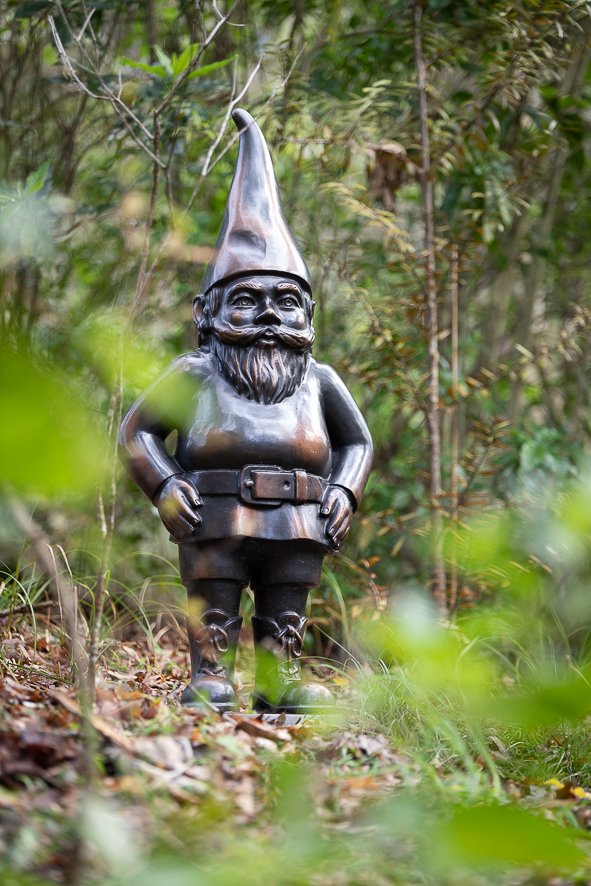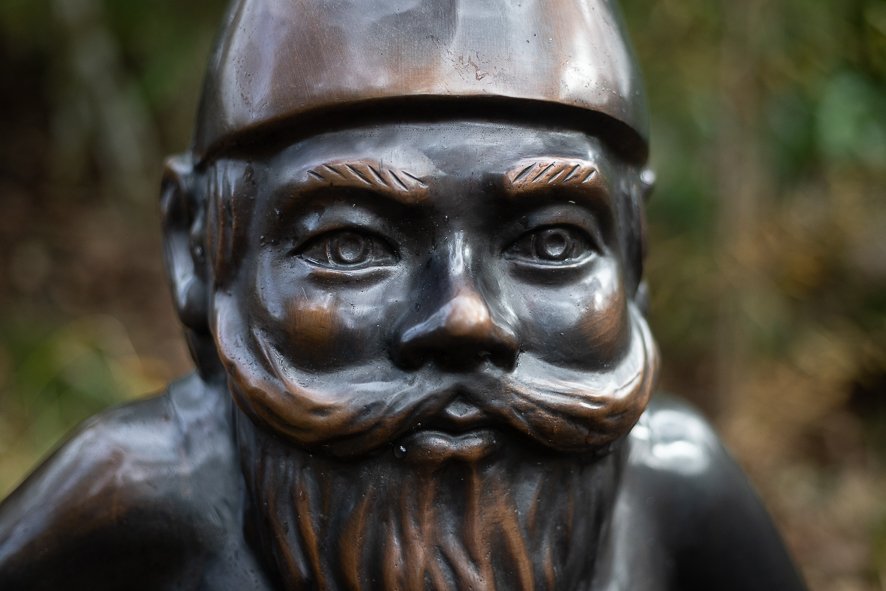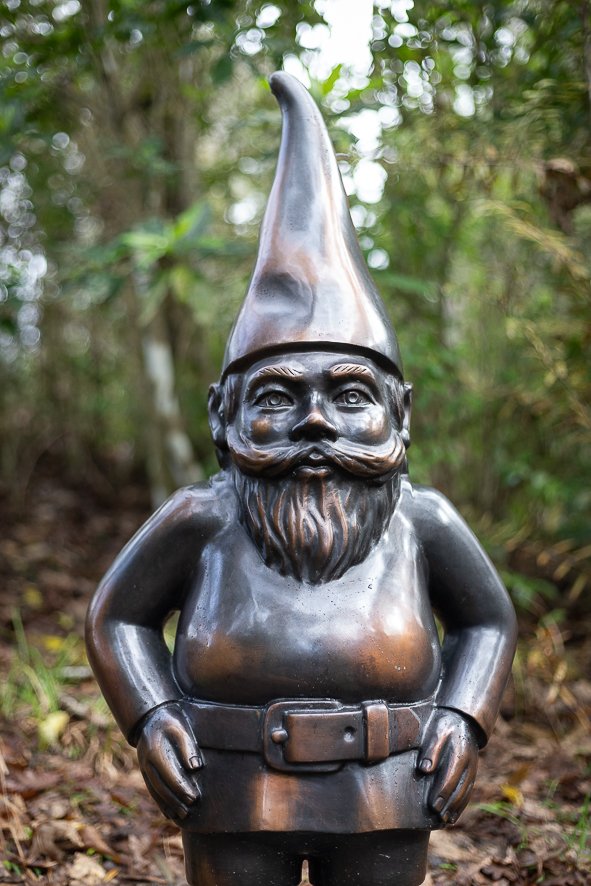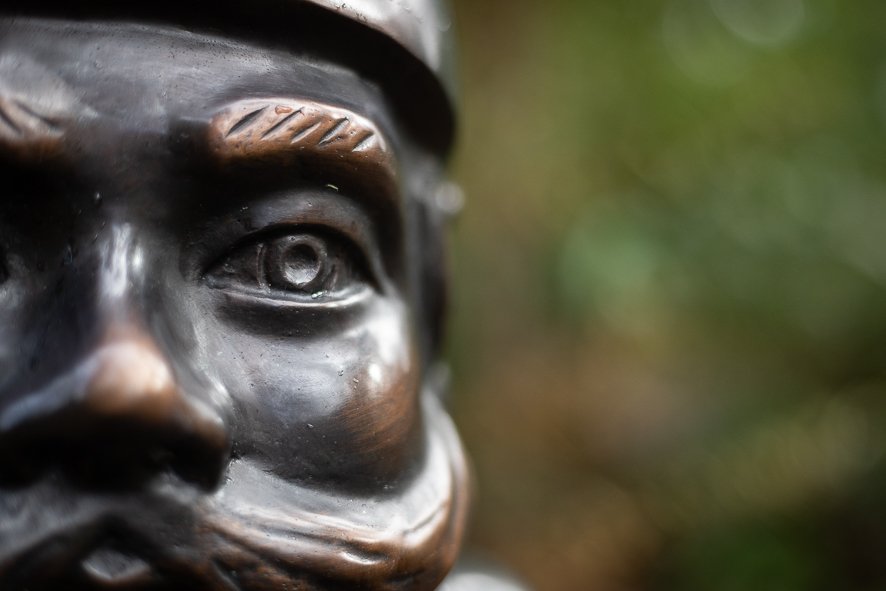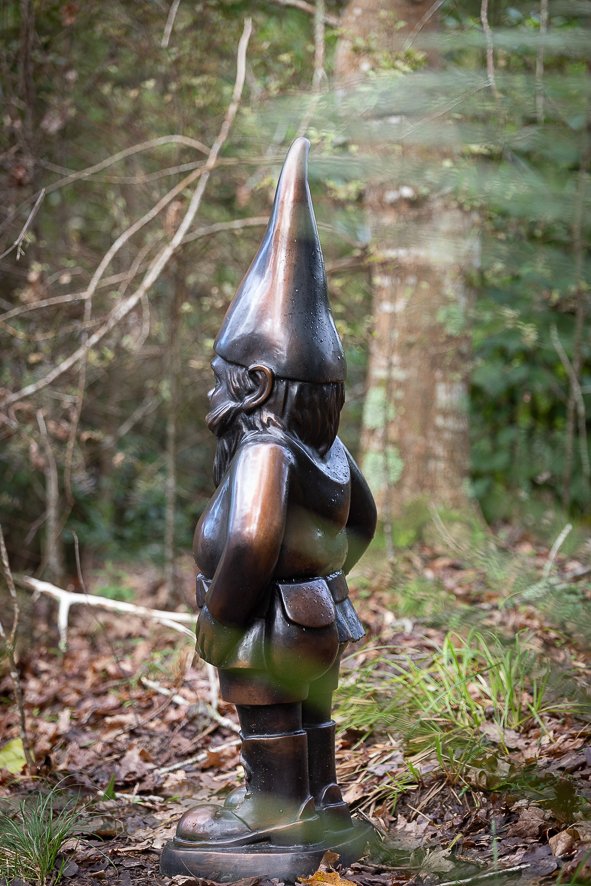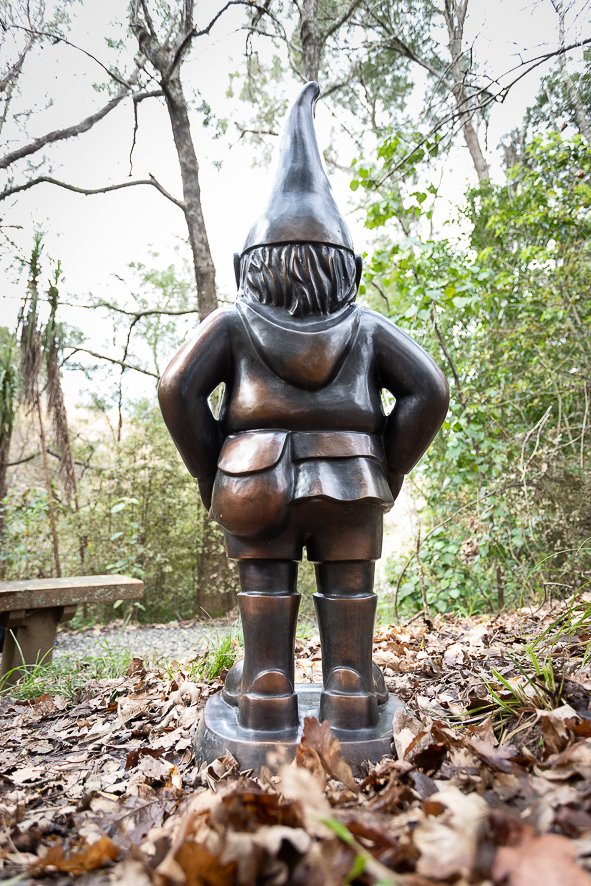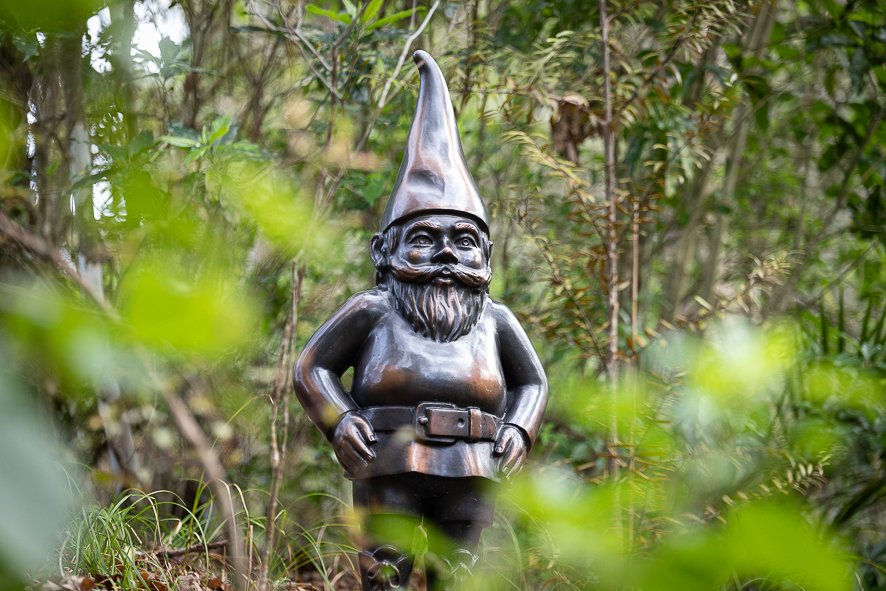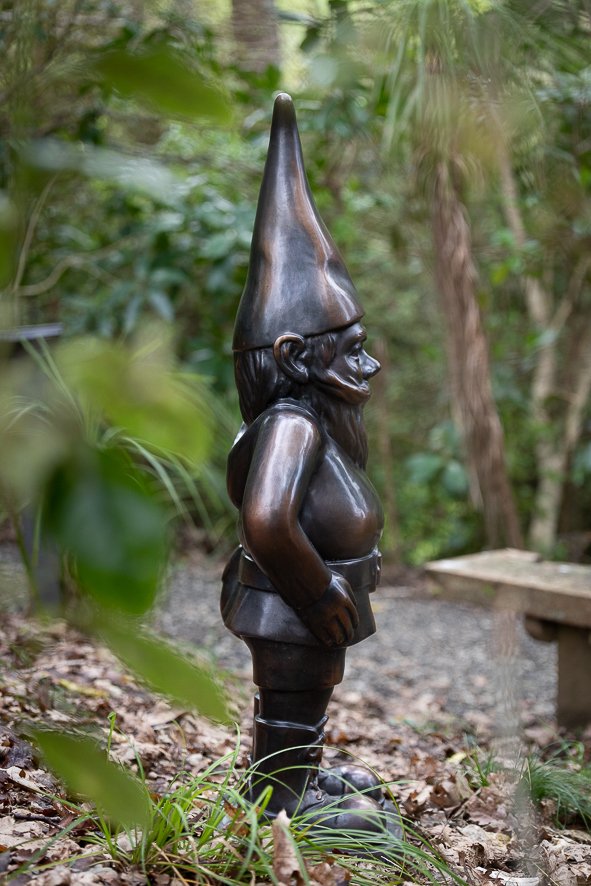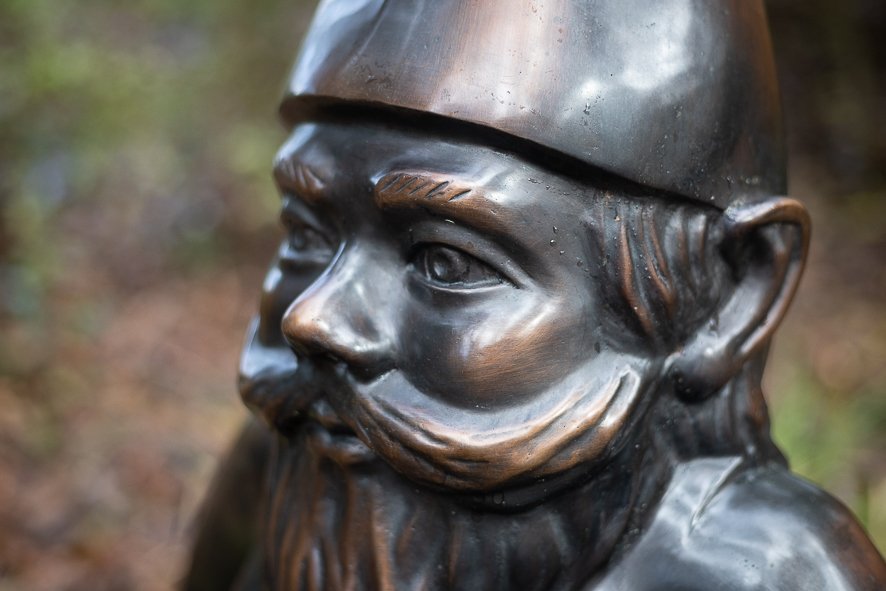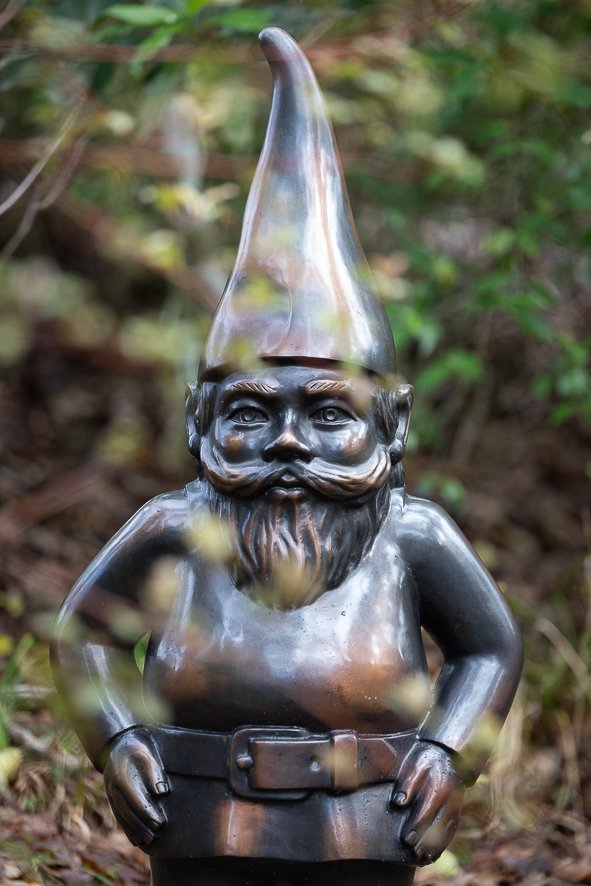gregor kregar
Bronze Thinker, 2022
Bronze
1150 x 480 x 300mm
Price on request
Proudly presented in association with Gow Langsford Gallery
Well practised in the art of re-contextualisation, Gregor Kregar looks to the unassuming garden gnome, a regular inhabitant of suburban popular culture. Removed from his domestic setting, stripped of his primary-coloured palette, Bronze Thinker steps out of his typically kitsch personality and into a sophisticated new role as a monumental guardian of everyday life. Enlarged and cast in bronze, Bronze Thinker thoughtfully holds court as a spectator in the middle of the bush. As Kregar describes, “the gnomes are not the heroes of one event but rather the funny philosophers of everyday life.”
Preceding their decorative role adorning gardens and pathways, gnomes date back to medieval times where they were sacred gatekeepers, watchers and guardians of forests, minerals and precious metals. It is interesting to note the word 'gnome' originates from the greek word 'gnosis', which means 'knowledge'. The concept of dwarfish earth spirits guarding a mystical underground treasure is common in many European cultures, popularly in the four-part epic musical drama Der Ring Das Nibelungen by Richard Wagner where the works are based on characters from the Norse Sagas and the Nibelungenlied.
Legends, folklore and belief systems of ancient earth spirits can be found in most countries and cultures worldwide. The humble garden gnome has a proud tradition stretching back into ancient European history. Gregor Kregar has made his own contribution to this history, having now made a collection of gnome sculptures including Reflective Lullaby (John) and Reflective Lullaby (Robert) for Christchurch Art Gallery and a 9¬metre-tall Reflective Lullaby welcoming motorists on Melbourne's Peninsula Link freeway.
Kregar comments: "I'm interested in how something that is usually made out of plastic or concrete and is associated with a low, kitsch aesthetic can be transformed into an arresting monumental sculpture." Instead of monuments to heroes, presidents and partisans, he creates a monument that recalls the vernacular of domestic gardens.
Other works


